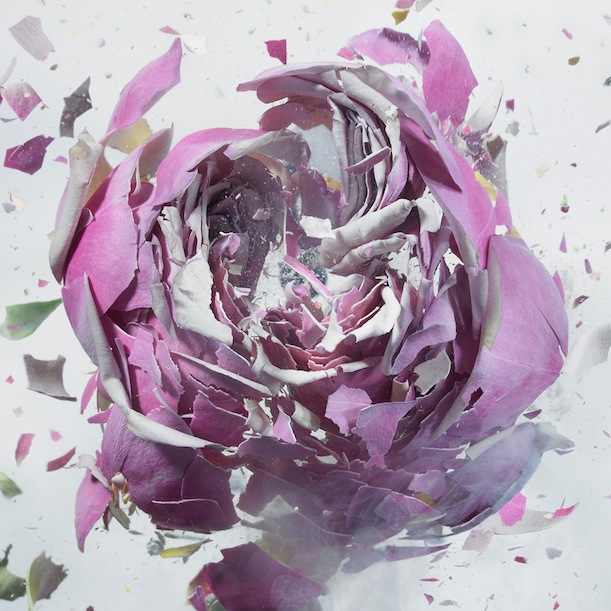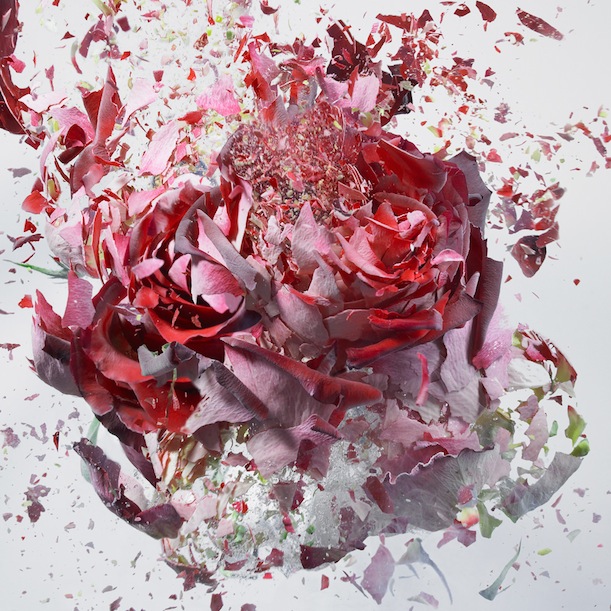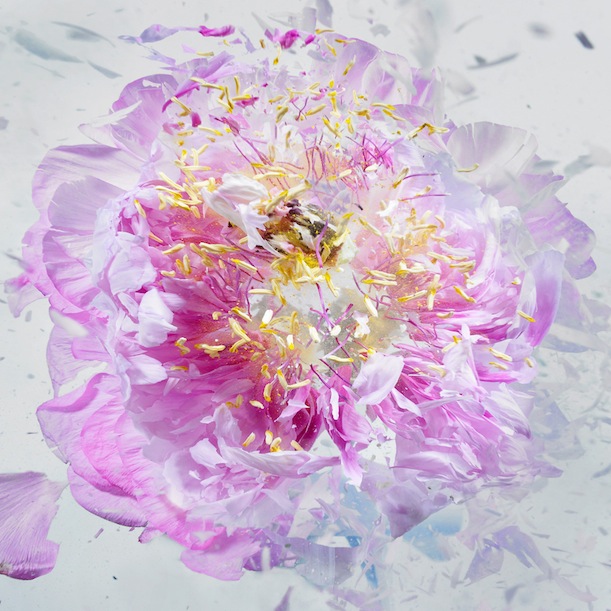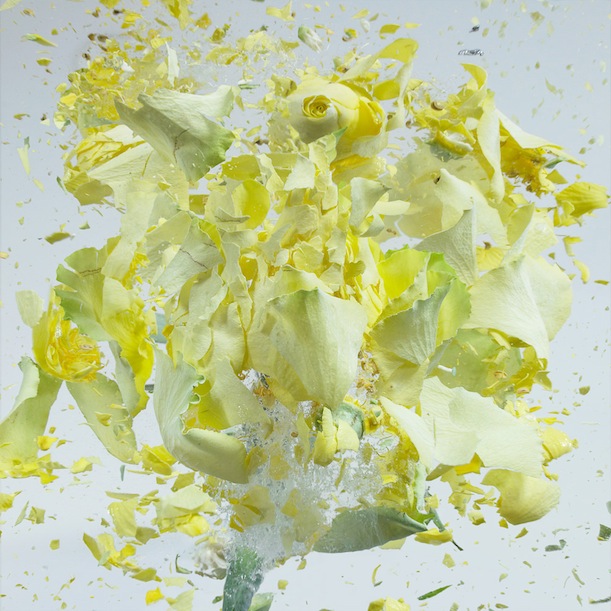What Happens When You Freeze Flowers and Shoot Them With a Gun?
With the help of a little liquid nitrogen, German photographer Martin Klimas captures the fragile chaos of flowers as they explode
/https://tf-cmsv2-smithsonianmag-media.s3.amazonaws.com/filer/Collage-Frozen-Flowers.jpg)
German photographer Martin Klimas has a thing for explosions. Previously, he’s made art by photographing shattered fragile ceramic figures as they hit the ground and firing projectiles at onions, pumpkins and ears of corn.
Now, he’s brought this explosive approach to a new medium: flower blossoms in full bloom, frozen by liquid nitrogen.
 “I was inspired by the blossoms themselves,” he says of his new project, “Exploding Flowers,” which he worked on for nearly a year and publicly debuted about a month ago. “There are so many different forms and species on the planet. I was interested in the blossom’s architecture, and I tried to make that visible by breaking the blossom into as many pieces as possible.”
“I was inspired by the blossoms themselves,” he says of his new project, “Exploding Flowers,” which he worked on for nearly a year and publicly debuted about a month ago. “There are so many different forms and species on the planet. I was interested in the blossom’s architecture, and I tried to make that visible by breaking the blossom into as many pieces as possible.”
To achieve this, he sought out flowers with particularly complex internal structures and froze them to -200° Celsius in liquid nitrogen. Once they were frozen, he had to be careful. “They’re as fragile as raw eggs,” he says. “You can destroy them by sneezing.”
 After the flowers were frozen, he brought them to his set and placed the stem in a vice to hold the blossom in front of a white background. He used a normal air gun rigged with a device that let him remotely pull the trigger, and took a series of shots right at the moment of impact.
After the flowers were frozen, he brought them to his set and placed the stem in a vice to hold the blossom in front of a white background. He used a normal air gun rigged with a device that let him remotely pull the trigger, and took a series of shots right at the moment of impact.
“I often use science often to create new photographs,” he says. “I look to the scientific techniques that have evolved over the past 100 years, and I try to extract the poetic side of science to generate powerful images.”
 Like many of Klimas’ previous projects, “Exploding Flowers” brings disorder to objects and images we usually think of as stable. “Many of the images I produce, you normally can’t see that moment with the naked eye,” he says. “My images make these moments of chaos visible. To me, that’s the fascinating part.”
Like many of Klimas’ previous projects, “Exploding Flowers” brings disorder to objects and images we usually think of as stable. “Many of the images I produce, you normally can’t see that moment with the naked eye,” he says. “My images make these moments of chaos visible. To me, that’s the fascinating part.”
All images © Martin Klimas
Of course, when you break flowers into thousands of tiny pieces to create this chaos, someone has to clean it all up. Between each session, Klimas had to sweep up piles of fragmented flower petals. “It’s a bit annoying,” he says, “but there are other projects—like when I worked with paint—that are much more intensive to clean up.”
 Martin Klimas’ next solo exhibition, “SONIC”, will open at the Foley Gallery in New York on September 18. He eventually plans to showcase ”Exploding Flowers” in a separate exhibition.
Martin Klimas’ next solo exhibition, “SONIC”, will open at the Foley Gallery in New York on September 18. He eventually plans to showcase ”Exploding Flowers” in a separate exhibition.
/https://tf-cmsv2-smithsonianmag-media.s3.amazonaws.com/accounts/headshot/joseph-stromberg-240.jpg)



/https://tf-cmsv2-smithsonianmag-media.s3.amazonaws.com/accounts/headshot/joseph-stromberg-240.jpg)